Common Green Darners Mating & Laying Eggs

Darners are a family of dragonflies whose members are quite large (some over three inches in length). Common Green Darners (Anax junius) are one of only two darners in the Northeast with an entirely green thorax (section between head and abdomen). Often you find them perching low in grasses and weeds. Males tend to fly along the shorelines of ponds, patrolling for females and keeping other males at bay.
After mating takes place, the males of some species of dragonflies disappear. In other species, the male stays nearby, guarding the female and fending off other males that might remove the initial suitor’s sperm and replace it with their own. Some species go to the extreme of remaining attached to each other while egg-laying takes place. Common Green Darners are the only species of darner that often lays in this manner – in tandem, with the male still clasping the female while she submerges her abdomen and lays her eggs in aquatic vegetation (pictured).
Naturally Curious is supported by donations. If you choose to contribute, you may go to http://www.naturallycuriouswithmaryholland.wordpress.com and click on the yellow “donate” button.
“Mating Wheels”
 Dragonflies and damselflies both create what are called “mating wheels” when they mate. The male grasps the female at the back of her head with the terminal appendages at the end of his abdomen and the female curls her abdomen forward until the tip of her abdomen reaches the male’s sex organs.
Dragonflies and damselflies both create what are called “mating wheels” when they mate. The male grasps the female at the back of her head with the terminal appendages at the end of his abdomen and the female curls her abdomen forward until the tip of her abdomen reaches the male’s sex organs.
Many male dragonflies go to great lengths to make sure their sperm have reproductive success. Prior to mating they often remove any sperm that happen to be in the female from previous matings. In addition, depending on species, they may leave after mating, fly with and guard the female as she lays her eggs, or remain grasping the female as her eggs are laid. His proximity to the female during egg laying prevents other males from removing his sperm.
Much of this information, as well as excellent photos for identifying dragonflies and damselflies, can be found in A Field Guide to the Dragonflies and Damselflies of Massachusetts, by Burne, Loose and Nikula. Another excellent Odonata resource is Dragonflies and Damselflies of the East by Dennis Paulson. (Photo: Mating darners (fast flying, large dragonflies), male above female)
Naturally Curious is supported by donations. If you choose to contribute, you may go to http://www.naturallycuriouswithmaryholland.wordpress.com and click on the yellow “donate” button.
Shadow Darners Laying Eggs

The dragonfly family Aeshnidae consists of strong-flying dragonflies called darners, some of which are over three inches in length. The majority of darners reach the peak of their population in August and early September. Male Shadow Darners (Aeshna umbrosa) can be seen patrolling breeding sites a few feet over the water’s surface, searching for females and driving off competing males. Females can be observed repeatedly landing at the base of cattails, inserting their sharp-edged ovipositors and slicing open leaves, where they then deposit their eggs. If you look at the bottom third of cattails at this time of year, near the water’s surface, you will find tiny, tan, vertical slits where dragonfly egg-laying has taken place. (Photo: female Shadow Darner laying eggs)



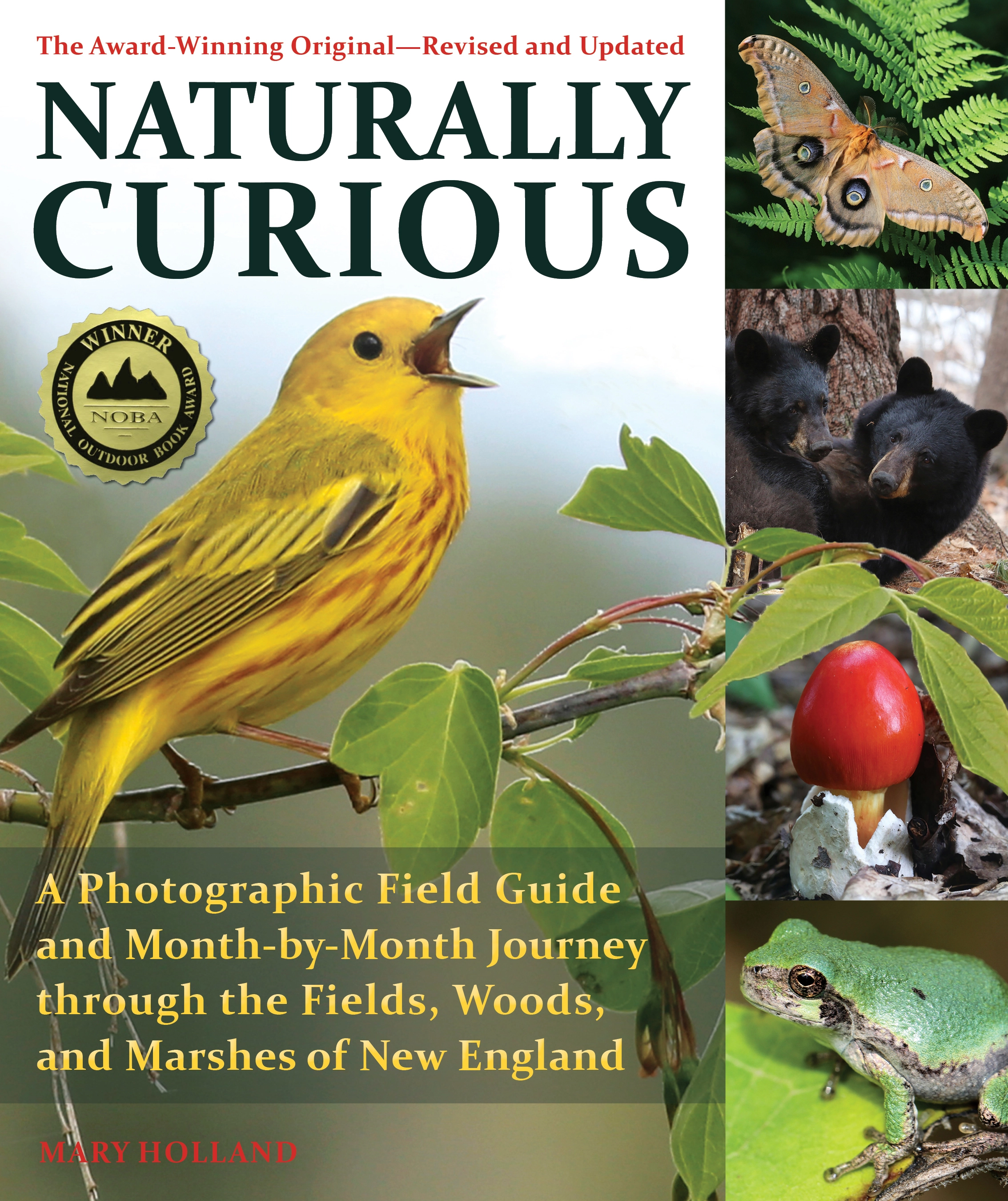

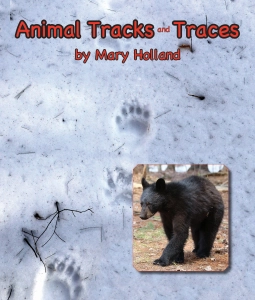

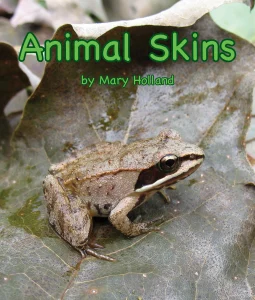


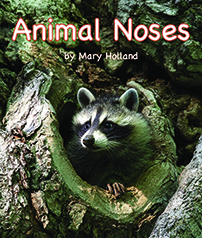





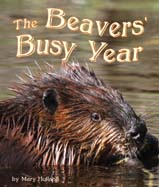



What Other Naturally Curious People Are Saying